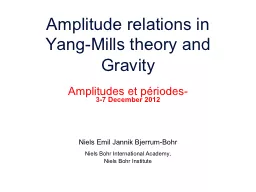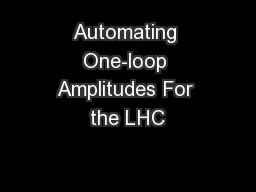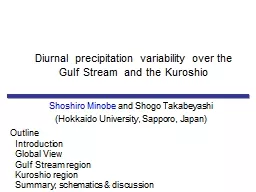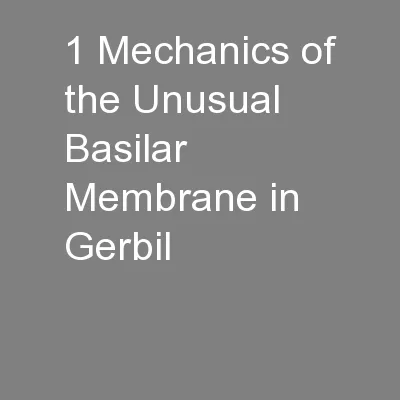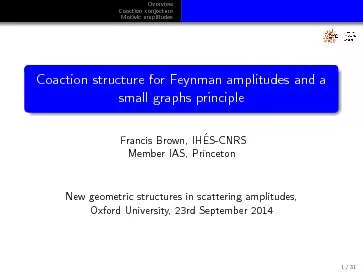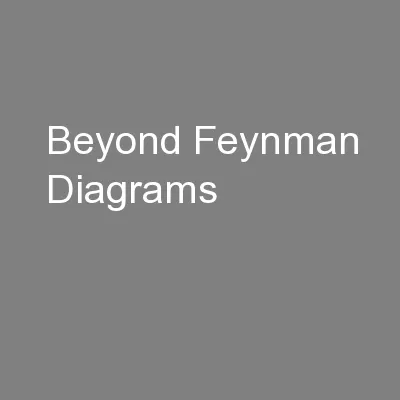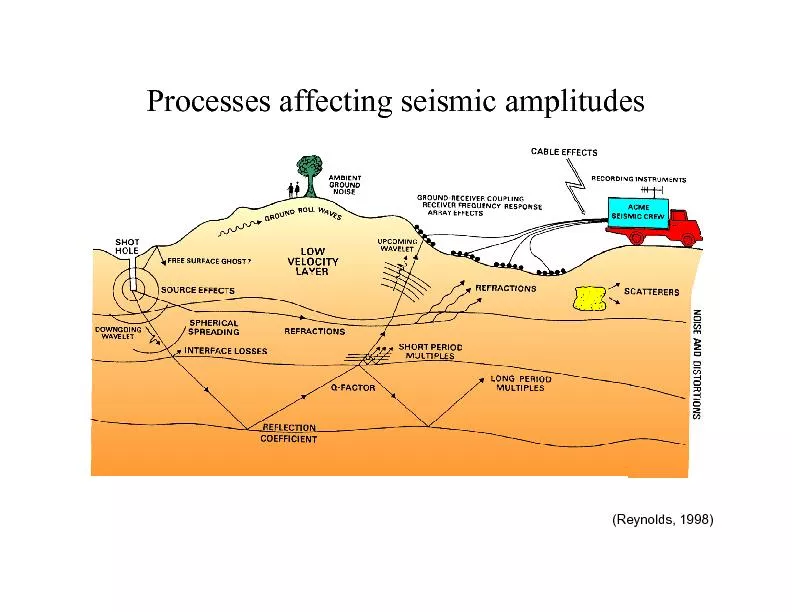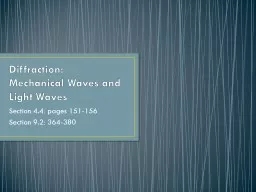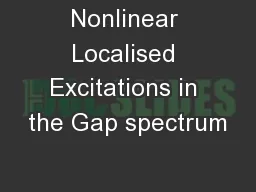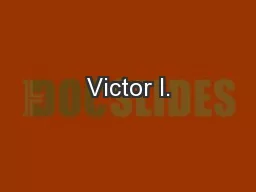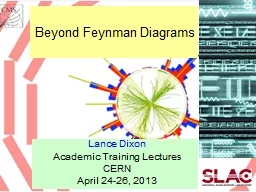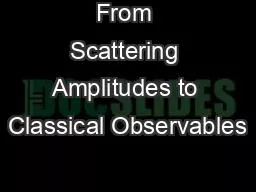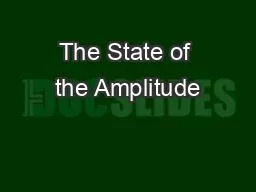PPT-Amplitudes et périodes
Author : trish-goza | Published Date : 2015-11-28
37 December 2012 Niels Emil Jannik Bjerrum Bohr Niels Bohr International Academy Niels Bohr Institute Amplitude relations in YangMills theory and Gravity
Presentation Embed Code
Download Presentation
Download Presentation The PPT/PDF document "Amplitudes et périodes" is the property of its rightful owner. Permission is granted to download and print the materials on this website for personal, non-commercial use only, and to display it on your personal computer provided you do not modify the materials and that you retain all copyright notices contained in the materials. By downloading content from our website, you accept the terms of this agreement.
Amplitudes et périodes: Transcript
Download Rules Of Document
"Amplitudes et périodes"The content belongs to its owner. You may download and print it for personal use, without modification, and keep all copyright notices. By downloading, you agree to these terms.
Related Documents

